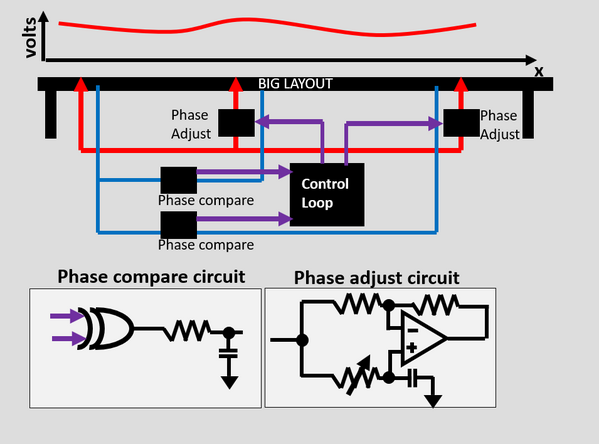This is one of the coolest things I've seen on the OGR forum in a long time!
I'm sorry guys, . . . but it looks like a mess to me.
A good example of someone who likes wires and meters more than running trains.
And, the reason there are so many of the "How many PhDs does it take to screw in a lightbulb?" jokes. :-)
Mannyrock
These two sets of comments, coming from wildly opposite, but each quite valid, perspectives, convey the present breadth and depth of our hobby.
Does anyone see a problem here?
What ever happened to K.I.S.S.?
A number of times I've attempted to coach @Mannyrock and others like him, trying to bring encouragement that things are always less complex than they seem, that the hobby's about learning and that tinkering is a big part of it, that the products we buy are generally solid but may not be bulletproof, and that many of us forumites are here to help folks turn small steps forward into big ones. Thank goodness that he, and they, have been patient with us.
But, from this video the sheer number of big problems that the AGHR folks have encountered, characterized, and solved is nothing less that a show-stopper for the average Joe.
Talk about intimidation.
How did things get this to this point? Is it just because the AGHR layout is so big?
I applaud @Adrian! and his fellow club members for digging in and solving these vexing problems.
Don't get me wrong. Like many of us I learned the very first technical things I encountered at, 6, 7 or 8 years old, by playing with my Lionel 1513S set. I have deep respect for the learning process that comes out of using your hands and the right tools (starting with toys) to make amazing things happen. As I approach retirement within the next few years, I'm deeply thankful for what our hobby has taught me -- what I have used every day of my work life as an electrical engineer, for over 45 years.
I don't like saying this but from what we see in the video it seems to me that the folks who designed TMCC/Legacy and DCS didn't think them through deeply enough before putting them into the field.
Even more troubling is the fact that they evidently didn't embrace K.I.S.S.
Why else would so many big, but in the end solvable, problems present themselves?
This is a double-edged sword. Giving the hobbyist a way to build on little things in order to solve big problems is good. This is a large part of what we now call S.T.E.M. At the same time what about those that get left behind?
Let's take a look back over the last 25 years, over the "command control" era. Investing significant time and money, even if it's free, to fix expensive things that should not be broken if they were designed properly in the first place, may not be not conducive to the future health of the hobby.
What do you think?
Mike










